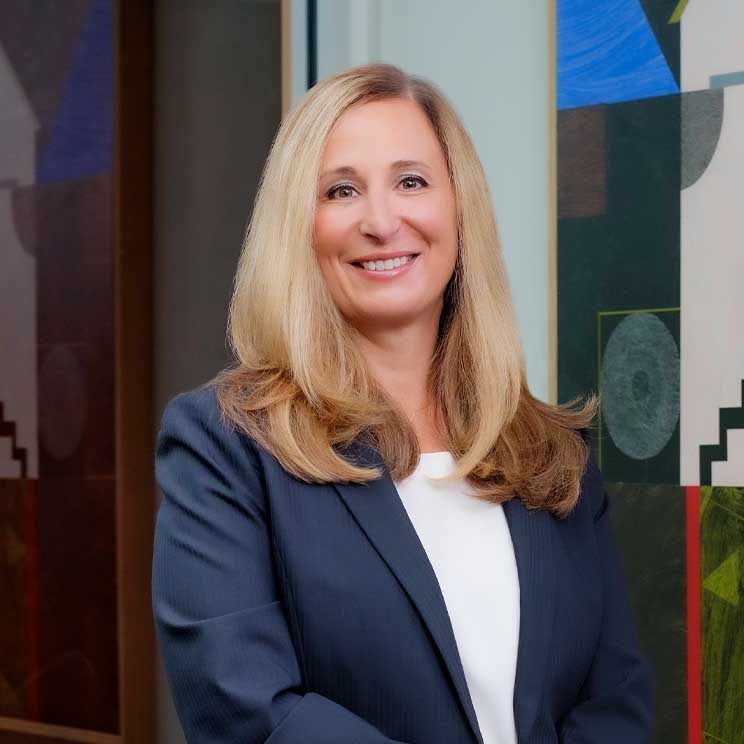Article
Family businesses often have competing goals of the family and the business because the family side of the company (i.e., members of the family) usually wishes for stability and continuity, while the actual business requires constant adaptation and change. Without the business, there is no family business, but without the family there is also no family business.
The “three-circle model of family business” (Gersick, et al) is generally accepted as the standard model for family businesses. This particular model includes family, business, and ownership. Often, these circles are constantly intertwined and thus can result in poor communication among people, resentment, and a lack of commitment to the future—the very things the business should be trying to prevent.
The “three-circle model of family business” may be a valuable visual aid to facilitate future family business conversations, once each person within the business recognizes and understands both their perspective as well as others in the model.
Gersick’s model suggests that it is not the “business aspect” that makes a family business unique from other business arrangements; the family does. Different perspectives by each person concerning the business can create conflict among members. Each person’s perspective depends upon that person’s perceived gain or loss within the system. Each member of the business must recognize the three circles.
According to the diagram, the family business system is broken into 3 circles with 7 different zones. The interdependence of the three entities becomes more evident after the people within each circle are identified by the model. Members of the family, company employees, and company shareholders may be focused on the health of the business, while a non-family member executive may be focused on reinvestment in the business (which will decrease shareholder distributions to family owners).
Each zone is represented and includes the following people within the company:
Zone 1
Family member neither working in the business nor owning shares.
Family members not active in the business who are still affected by the business and what it provides and takes away from them.
Zone 2
Non-family shareholder.
People who have invested capital in the business and are expecting a return on their investment. (Their goals may not include the well-being of all family members, especially those not productive in the business.)
Zone 3
Business employees.
Business health and longevity is more important to these people than ownership distributions or the needs of the family. They are concerned about a future in the business beyond their current role (since they are not family members).
Zone 4
Family member shareholder not working in the business.
Family members who own shares in the company but do not work for the business. These people are often more interested in the dividends they can receive in the short term, rather than in the long-term performance of the company.
Zone 5
Non-family member shareholder working in the business.
Often an executive who has been recruited by the company with global leadership responsibilities. This shareholder’s focus is on business health and growth rather than on the needs of individual family members.
Zone 6
Family member working in the business.
People who are family members and employees of the company, but do not own shares of the company. In some aspects, this family member is like any other employee; however, this family member may eventually aspire to receive company ownership.
Zone 7
Shareholder family member working in the business.
Perhaps the most important person in the system who can make decisions with the best interest of both the family and the business in mind.
To ensure that ALL members of a “family business” (family or not) are focused on a positive outcome for the business, be sure to have discussions about the role of each person in the business as it relates to each member’s interest. When both employees and non-employees are involved, the best decisions for both the family and the business can be achieved.
For more information about making optimal decisions in your family business consult your attorney, tax advisor, or financial advisor.

